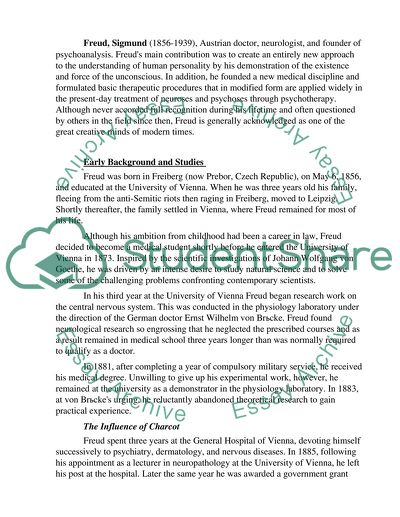Cite this document
(“A Basic Assumption of the Freudian Theory Research Paper”, n.d.)
A Basic Assumption of the Freudian Theory Research Paper. Retrieved from https://studentshare.org/psychology/1519072-freud-essay
A Basic Assumption of the Freudian Theory Research Paper. Retrieved from https://studentshare.org/psychology/1519072-freud-essay
(A Basic Assumption of the Freudian Theory Research Paper)
A Basic Assumption of the Freudian Theory Research Paper. https://studentshare.org/psychology/1519072-freud-essay.
A Basic Assumption of the Freudian Theory Research Paper. https://studentshare.org/psychology/1519072-freud-essay.
“A Basic Assumption of the Freudian Theory Research Paper”, n.d. https://studentshare.org/psychology/1519072-freud-essay.


